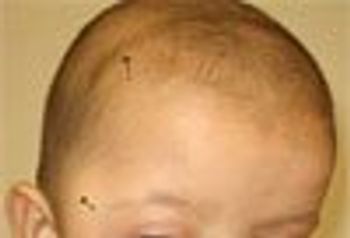
Although current clinical guidelines call for daily low-dose inhaled corticosteroid treatment for preschoolers who have recurrent wheezing and are at risk for developing asthma, that may not be the best course of action. You might be surprised at how few times a year treatment was necessary for respiratory symptoms that had caused wheezing in the past.


